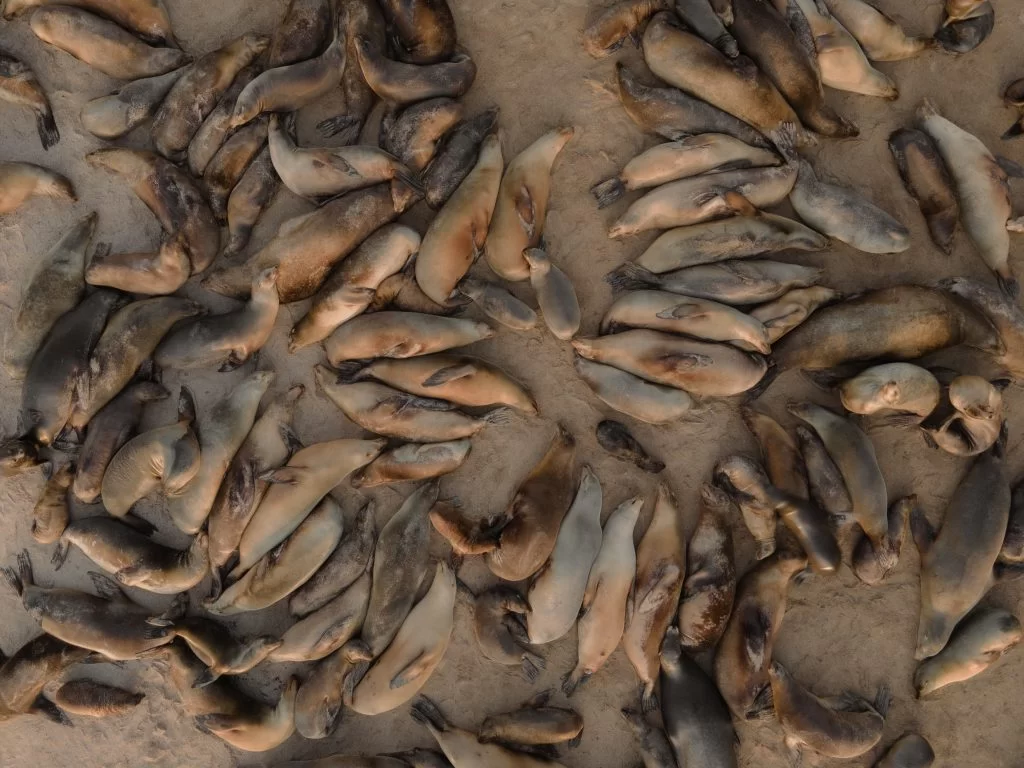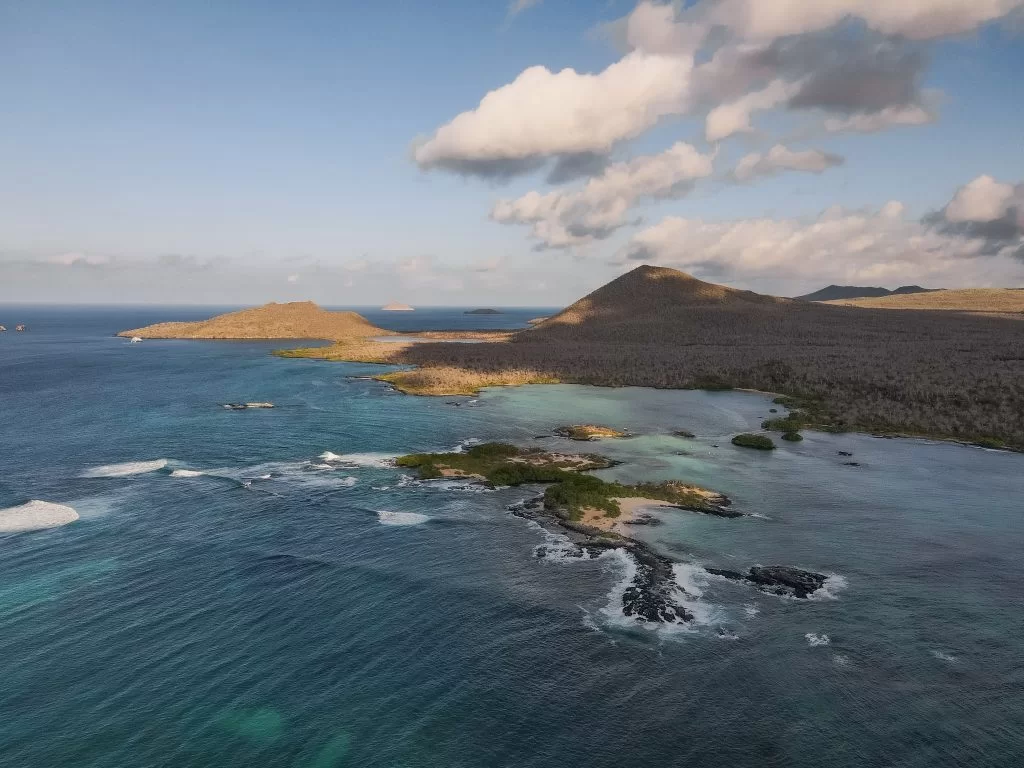The Galapagos National Park Directorate is responsible for managing protected areas in the insular area. Danny Rueda, the Director of GNPD, stated that 316 park rangers are dedicated to Galapagos and work 365 days a calendar year to preserve this natural heritage.
Rueda stated that the challenge was to develop management plans that would allow local communities and visitors to have access to environmental services, benefit from resources such as timber extraction and fishing, and improve their quality-of-life and social conditions.
The GNPD has strategic allies to help it fulfill its great responsibility, which is to ensure the integrity and sustainability the Galapagos natural resources. One of these strategic allies is Galapagos Conservancy. Paul Salaman, the President of the GNPD, has over 30 years of conservation experience and stressed that the best way to ensure sustainability of a site is to involve the community in the preservation of protected areas.
Salaman stated that “We are passionate and committed to conserving this Natural World Heritage Site. So one of our priorities it to manage more resources to encourage support from the U.S. to get funds as quickly as possible to Galapagos. We are becoming more efficient through conservation grants to support more projects and initiatives, particularly those led by the community.”
Permanent financial resources are required to support conservation efforts in the Galapagos Islands. Galapagos Conservancy must provide scientific and technical assistance to the GNPD, and address any financial resources that are required to continue the development of conservation activities on the Islands.
The preservation of biodiversity on our planet is essential for human well-being. This is why it is so important to ensure the conservation of Galapagos Islands. The Archipelago, one of the most significant natural sites in the world is included on the prestigious World Heritage Sites List. It was also the first site to meet the criteria set by UNESCO for this designation. A site must have remarkable natural phenomena and represent the major stages in Earth’s history. It also needs to exhibit important ecological and biological principles and provide critical natural environments.

Lobos marinos Isla de San Cristobal © Joshua Vela



